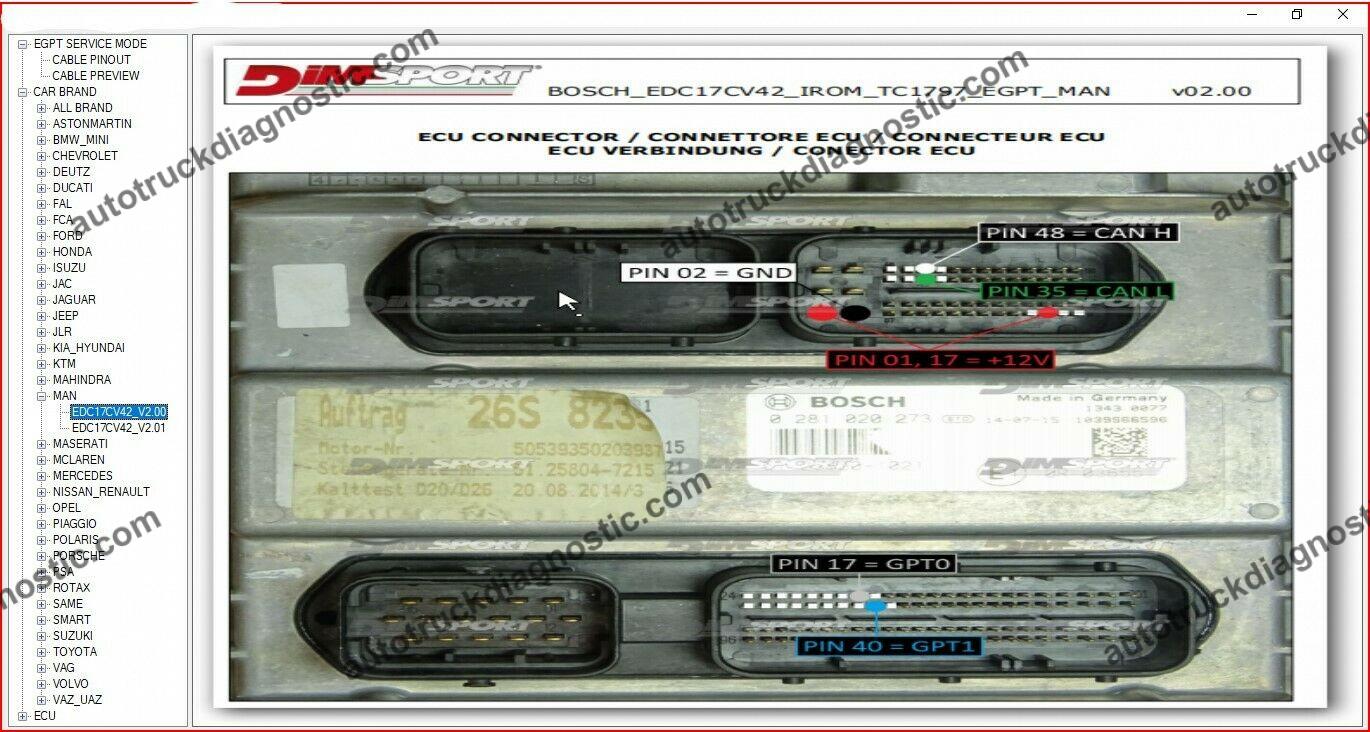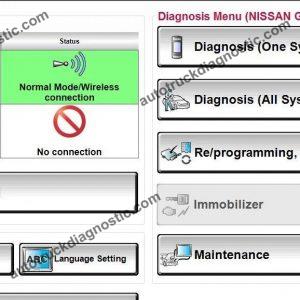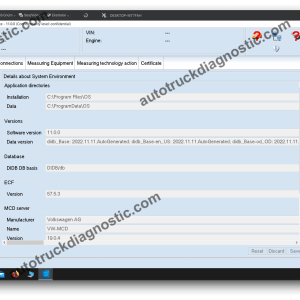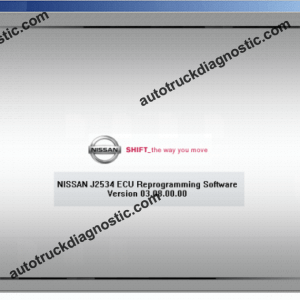In the automotive world, electronic control units (ECUs) play a vital role in managing and controlling various systems in a vehicle. One of the key components of an ECU is the pinout, which determines the function and connectivity of each pin on the ECU. In this article, we will explore the world of ECU pinouts, with a focus on the renowned Bosch ECUs.
What is a Pinout?
A pinout, also known as a wiring diagram or connector diagram, illustrates the connections and functions of the pins on an electronic device, such as an ECU. Pinouts are essential in diagnosing and troubleshooting electronic systems, as they provide valuable information on power supply, ground connections, sensor inputs, and output signals.
The Significance of Bosch ECUs
Bosch is a leading name in automotive electronics, renowned for their high-quality and reliable ECUs. Their ECUs are widely used by car manufacturers around the world. Understanding Bosch ECU pinouts is crucial for mechanics, tuners, and enthusiasts who work with these systems.
What Makes Bosch ECUs Stand Out?
- Bosch ECUs boast advanced features and cutting-edge technology, ensuring optimum performance and efficiency.
- These ECUs are known for their robustness and durability, making them suitable for a wide range of applications.
- Bosch ECUs are extensively used in high-performance vehicles, where precision and reliability are paramount.
Exploring Bosch ECU Pinouts
Bosch provides comprehensive documentation for their ECUs, including detailed pinout diagrams. These diagrams offer valuable insights into the functionality of each pin, allowing technicians to effectively diagnose and repair electronic issues.
Understanding Pinout Diagrams
Pinout diagrams typically consist of tables with rows and columns, providing information on pin numbers, functions, voltage levels, and signal types. Let’s delve into each component of a pinout diagram:
- Pin Number: Each pin on the ECU has a unique number, facilitating easy identification and reference.
- Function: This column describes the purpose or role of each pin, such as power supply, ground, sensor input, or output signal.
- Voltage Levels: Pinout diagrams specify the voltage levels for power and ground pins, which is crucial for proper functioning of the ECU.
- Signal Types: These diagrams also indicate the types of signals transmitted through certain pins, such as analog, digital, or PWM (Pulse Width Modulation).
Benefits of Using Pinout Diagrams
Pinout diagrams offer numerous advantages when working with Bosch ECUs:
- Easy Troubleshooting: Pinout diagrams simplify the process of identifying faulty connections or components, saving time and effort.
- Accurate Diagnosis: By understanding the pin functions and voltage levels, technicians can accurately diagnose issues and make necessary repairs.
- Efficient Tuning: Pinout diagrams aid in the tuning and modification of ECUs, ensuring optimal performance and compatibility with aftermarket components.
- ECU Swapping: When replacing a damaged ECU, having access to the pinout diagram ensures the correct connections are made, preventing further damage or compatibility issues.
Conclusion
For anyone involved in the world of automotive electronics, understanding ECU pinouts is essential. The comprehensive pinout collection provided by Bosch ensures reliable diagnostics and efficient repairs. By utilizing pinout diagrams, technicians can confidently work with Bosch ECUs, ensuring optimized performance and a smooth driving experience.
Remember: ECU pinout knowledge is a powerful tool for automotive enthusiasts and professionals alike, opening up endless possibilities for tuning, customization, and troubleshooting.








